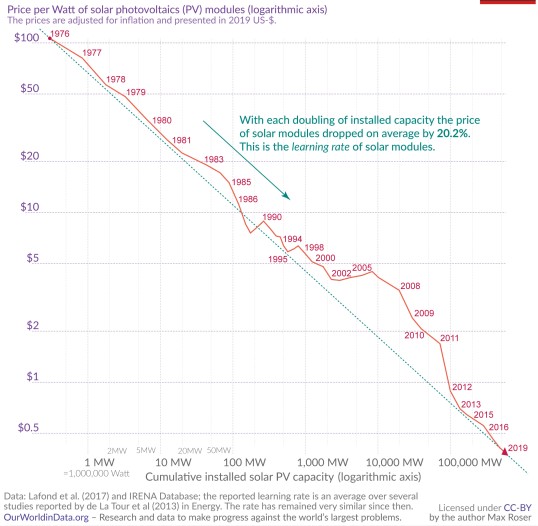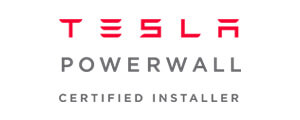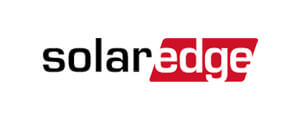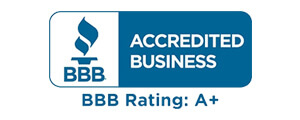Maryland may be popular for its blue crabs and quaint beach towns, but there is one more thing that sets the Old Line State apart – its adoption of solar power. According to the Solar Energy Industries Association (SEIA), Maryland claims the 18th rank in the national solar ranking. For a state that ranks 41st in terms of economic outlook, this is certainly impressive.
Thanks to enormous savings and an attractive bunch of solar incentives, an increasing number of Maryland homeowners are turning toward solar power. As a leading solar power company in Maryland, one of the most common questions we get is this – “What is the cost of going solar in Maryland?”
The short answer to that question is (somewhat disappointingly), “It depends.” But we know that you would like a better answer, which is why we decided to write this article and give you the best answer possible.
The cost of a solar power system will depend on factors such as the size of the system, its complexity, location, type of equipment, and more. We do not quote a general price based on information such as “it is a three-bedroom house”, or “it is a small family”. The size, type, and required components of a solar power system depend greatly on many other factors.
Our design team meticulously analyzes a home’s energy consumption as well as its roof size, inclination, and orientation, before preparing a technical and commercial quote. Each system is different from the other, and that is why the cost of each system will be as unique as the system itself.
But wait, what if we told you that there is another aspect of a solar power system that is more important than the cost? Just as with any other purchase, the cost of solar panels is never the ultimate indicator of their worth. This is why, in the next section, we are going to talk about the “value” of a solar power system in Maryland.
Are Solar Panels Worth It in Maryland?
Any purchase is worth it only if its value matches or exceeds its price. Fortunately, the value of a solar panel system far exceeds its initial expense. Let us take an example. The typical, 5 kW system that we mentioned previously will generate an average of 20 kWh of energy every day. Over the lifespan of the system, which is a striking 25 or more years, the system will generate over 150,000 kWh.
In Maryland, the average cost of a kWh of energy is 15.76/kWh. Considering the previously calculated 150,000 kWh, solar panels can save about $24,000 in just 25 years. This is significantly higher than the purchase cost of a system. Hardly any other technology offers such an excellent return on investment.
But wait, that’s not all. The benefits of solar panels go beyond just financial returns. Here are a few other undebatable advantages of going solar:
-
Protection against rising power costs:
Owing to infrastructure upgrades and fluctuating fuel prices, the cost of grid power in the U.S. is always on the rise, and Maryland is no exception. For instance, some customers saw an enormous hike of over 30% in their power costs within just a year. By offsetting most of your grid energy consumption, solar power also protects you from the brunt of rising power costs.
-
Environmental impact:
Worldwide, the threat of climate change keeps getting larger and more menacing. Despite government policies and other measures, the climate monster can only be controlled if change occurs at an individual level. Going solar offsets enormous amounts of grid energy over its lifespan, thereby preventing thousands of pounds of harmful carbon emissions from entering the atmosphere.
-
Security against power outages:
According to the Maryland Department of Emergency Management, “power outages are common throughout Maryland”, caused by hurricanes, summer storms, high winds, winter storms, falling trees, traffic accidents, etc. Outages can be debilitating, and in some cases, dangerous. However, a solar + battery system is capable of running your essential appliances even through multi-day blackouts, offering much-needed resilience.
-
Increased home value:
Here’s an often overlooked benefit of solar power – multiple studies have shown that homes with solar sell for a significantly higher price than homes without solar. A study by Zillow showed the average increase in price to be an incredible 4.1%. Considering Maryland’s average home price of $399,914, a 4.1% bump in price would mean an additional $16,396 in your pocket!
The Past, Present, and Future of Maryland’s Solar Power Costs
The first solar photovoltaic cell was built in 1954, in neighboring New Jersey. Needless to say, even the tiniest power-generating panel around that time would cost a fortune. The prices of solar panels stayed ridiculously high for most of the 20th century, but plummeted in the last couple of decades. Here’s a graph that shows the tremendous drop in the price of solar power.

Drop in solar power pricing
From $100/W to less than $0.5/W, this is a massive, 99.6% decrease in costs. And this is exactly the reason why solar power has become the most wanted power source in recent years. In fact, the IEA predicts that solar will surpass coal by 2025.
A 99.6% drop in costs sounds truly astonishing, but what does this mean for the future of solar panels? Will the prices keep dropping further at the same speed? While the cost of solar may drop further in the future, it is unlikely that we will see any massive dip. In the past, the cost of solar decreased mainly because of large-scale manufacturing, coupled with technological advancements.
However, solar has already reached a big enough scale of manufacturing worldwide, and any more addition to manufacturing capacities won’t affect the pricing significantly. On the other hand, what makes the present the best time to go solar is the availability of solar incentives and rebates.
Solar incentives are offered to promote the technology. As solar becomes more common, regulatory authorities will withdraw most incentives, resulting in higher net pricing.
Summing It Up
When it comes to solar power, answering the “cost” question isn’t always easy. But you could say that in the wonderful, solar-friendly state of Maryland, most systems will offer you savings that will far exceed your initial expense on solar panels. Moreover, the federal tax incentive and other available rebates lower the net cost of your system even further. These numbers are applicable to most locations – whether you live in urban areas like Baltimore, or in the countryside.
As for the next two- or five-year price prediction, most of the decrease in the cost of solar has already occurred, and we won’t see any serious price drops in the near future. This means that the best time to go solar is now; as the wise like to say – “There is no time like the present.”






























